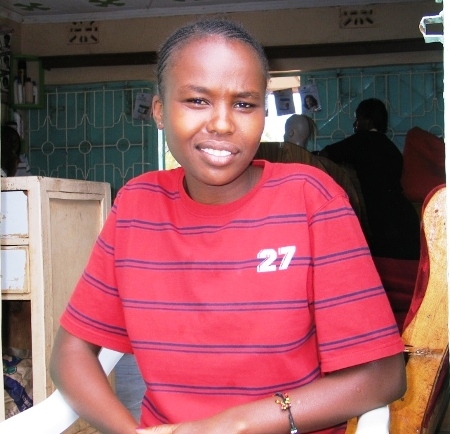As women Nobel Peace Laureates, we are gravely concerned about the murder of human rights defender Marisela Escobedo Ortiz last 16 December 2010, while she protested the continued impunity in the homicide of her daughter Rubi Marisol Frayre Escobedo.
Rubi’s boyfriend murdered the 16-year-old in August 2008. As demonstrated by numerous national and international reports, the authorities acted in the same manner as they have acted in the last 17 years in reaction to the murder of women: they did not investigate nor punish the assassin, even though her mother provided all proof and even presented the confessed assassin.
We are particularly concerned that Marisela Ortiz Escobedo’s murder took place as we reach the one-year anniversary of the Inter-American Human Rights Court’s judgment against the Mexican State for not preventing and duly investigating the violence against women in Ciudad Juarez – the disappearances, sexual violence, and murders of women as well as the aggression against family members and defenders who demand justice for these cases.
As the Inter-American Court points out in its sentence, Mexico has maintained its discriminatory culture and policies against women, which are the primary cause of femicide and subsequent impunity. Between 1993 and 2001, the years analyzed in the Campo Algodonero judgment, there were 214 registered cases of women murdered in Ciudad Juarez. The journalistic register from 1 January to 15 December 2010 shows 297 women murdered in that same city—an alarming increase. Almost all of the cases go unresolved. Mexican authorities have not initiated the effective implementation of the provisions in the Inter-American Court’s judgment, as evidenced by these unfortunate events.
We know that this is not an isolated case, and that the violence against the human rights defenders who bravely fight against femicide in Ciudad Juarez and Chihuahua is a constant issue in Mexico.We are alarmed that the demands for justice and the denouncing of gender discrimination threaten the integrity and life of the victims’ families and human rights defenders in Mexico. We know that Marisela Ortiz Escobedo’s family continues to live in imminent danger.
We call on the government of Mexico to take action, without delay, to ensure justice, effectively comply with the Campo Algodonero judgment, and prevent any attacks on the families of the victims and human rights defenders.
Betty Williams, Ireland (1976)
Mairead Maguire, Ireland (1976)
Rigoberta Menchu Tum, Guatemala (1992)
Jody Williams, USA (1997)
Shirin Ebadi, Iran (2003)
Wangari Maathai, Kenya (2004)
For more information, please contact: Rachel Vincent, Nobel Women’s Initiative 613-569-8400, ext. 113 or 613-276-9030
Thanks to Just Associates and the Nobel Women’s Initiative for sharing this, and for their work and labor. This first appeared here: http://www.nobelwomensinitiative.org/images/stories/Mexico/STatement_Jan_17_2011.pdf
